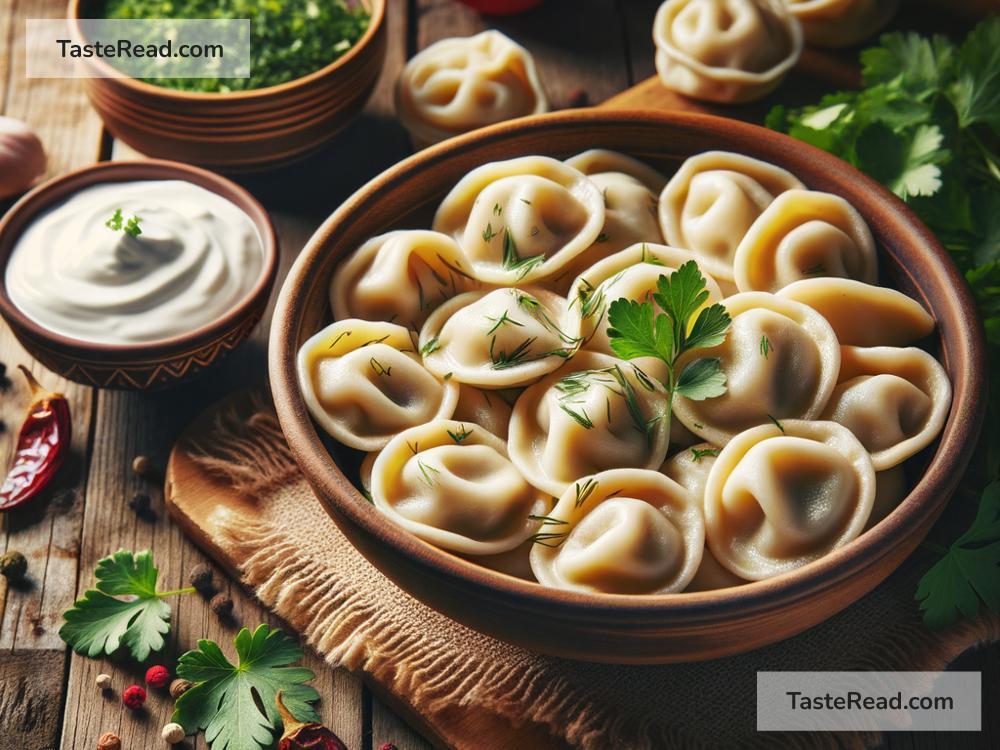Discovering the Roots of Russian Pelmeni: A Culinary Journey
Picture this: you’re seated in a cozy Russian kitchen while outside, the snowflakes dance in the air. A steaming plate lands before you, filled with little dough pockets of joy — the famed Russian pelmeni. Every bite is a blend of savory filling wrapped in tender dough, a testament to the rich culinary tradition of Russia. But have you ever wondered where this beloved dish comes from? Buckle up, because we are about to embark on a delicious voyage back in time to uncover the origins of the Russian pelmeni.
A Circle Through Time
The story of pelmeni is as layered as the dish itself, tracing back hundreds of years. To fully appreciate its journey, we must delve into the vast expanse of Russia’s history, touching upon the influences that have shaped this classic dish. The tale of pelmeni is a melting pot of cultures, each adding its unique spice to this culinary tradition.
The Siberian Cradle
Historians often point to the Ural Mountains and Siberia as the cradle of pelmeni. Imagine the vast, snowy landscapes and harsh climates. Here, among these challenging conditions, the indigenous Siberian people, including the Komi, Mansi, and Udmurts, crafted the first versions of pelmeni. They realized these little dough pockets could be filled with meat, sealed, and then frozen outdoors – a perfect solution for the long Siberian winters. Pelmeni served as an ideal, ready-to-cook meal that could be quickly boiled and served to hungry families and travelers.
The Nomadic Connection
The story gets more fascinating as we bring the nomads into the picture. The Mongolian warriors, traveling across continents, brought with them culinary practices that influenced the regions they conquered or traded with. Some believe that through these interactions, the idea of stuffing dough with meat traveled across Asia, eventually reaching Eastern Europe and Russia, laying down the foundations for what would become known as pelmeni.
A Symphony of Cultures
As the dish traveled through time and space, each region added its mark to the recipe. The Siberians used game meat available to them, like elk or bear. By contrast, in more agricultural regions, pelmeni began to incorporate pork, beef, and lamb. Herbs and spices were mixed into the meats, enriching the flavors and transforming the simple dumpling into a burst of savory delight.
The Spread Across Russia
By the time pelmeni reached the European part of Russia, it had become a dish embraced by all classes of society. It evolved beyond a mere survival food, becoming a staple of Russian cuisine. Its simple ingredients, meat, flour, eggs, and water, meant that it could be made by anyone, from the peasants to the nobility. Pelmeni parties became a common affair, where families and friends would gather to prepare, cook, and enjoy the dish together, creating a tradition that reinforced community and family ties.
Pelmeni Today: A Culinary Heritage
Fast forward to today, and pelmeni are considered one of Russia’s national dishes. Modern interpretations see the humble pelmeni dressed up with various sauces, from classic sour cream to more inventive flavors. Yet, at its heart, the essence of pelmeni remains the same — a symbol of warmth, togetherness, and the enduring spirit of the Russian people.
In Russia and beyond, pelmeni continue to be cherished, not just for their delicious taste but for their ability to bring people together. Whether in a rustic Siberian home or a bustling city restaurant, pelmeni serve as a reminder of Russia’s rich cultural tapestry and the simple pleasures that bond us all.
Wrapping Up
The origins of pelmeni are a testament to the interconnectedness of cultures and the ways in which food can traverse boundaries, bringing people closer. From the snow-laden slopes of Siberia to the heart of modern Russian cuisine, pelmeni have journeyed through time, carrying with them stories of survival, adaptation, and unity. Next time you savor a plate of pelmeni, remember, you’re not just enjoying a dish; you’re partaking in a slice of history, a culinary legacy that has endured centuries, continuing to warm hearts and souls around the globe.


